Recent years have seen an explosion of public interest in historical photographs. There is a profusion of social media sites dedicated to the past, and cultural institutions such as the National Library and National Museum now regularly host exhibitions of historical photos.
Public companies have also recognised the importance of photographic archives. One Irish company now delving into its heritage is Dublin Port Company, whose archive dates back 300 years. It recently appointed a full-time heritage officer to oversee the company's archive of photographs, engineering drawings, maps, charts and company records dating back 300 years.
A sizeable amount of the Dublin Port Company archive is made up of photographs from the late 19th century up to the late 20th century, including black and white glass plate negatives and colour transparencies. The majority are glass plates depicting site reports of engineering projects undertaken by the Dublin Port and Docks Board, such as the construction of Butt Bridge, completed for the 1932 Eucharistic Congress.
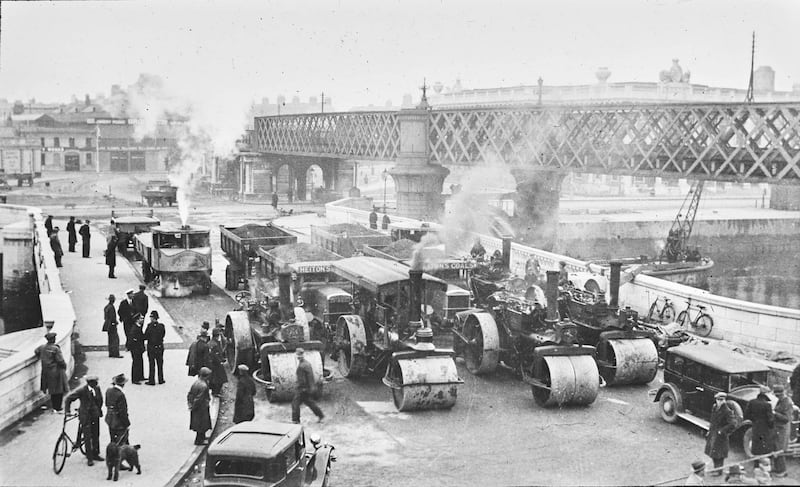
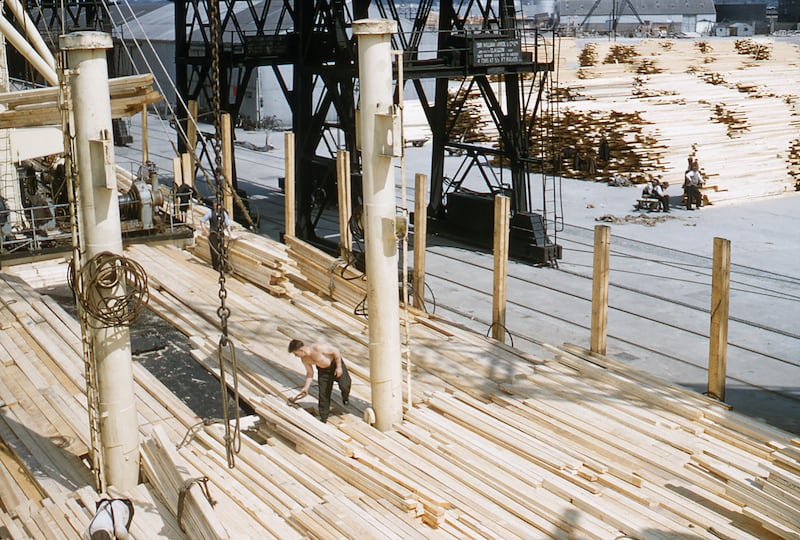
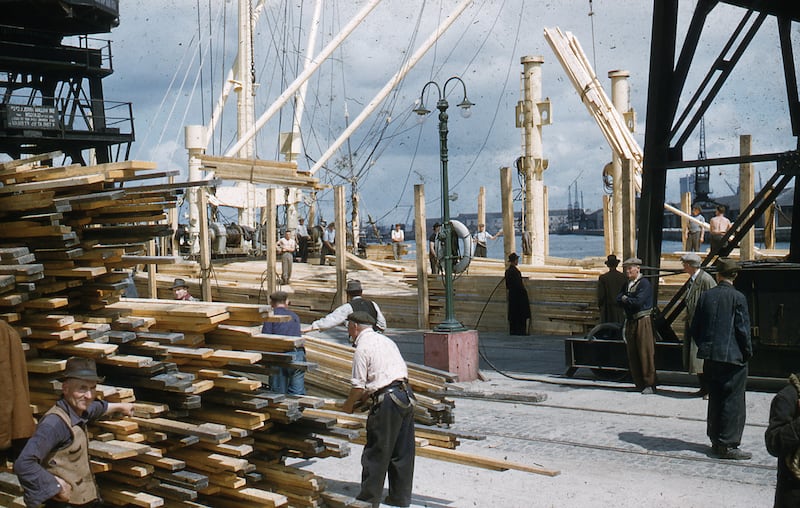
Within this archive is a small collection of colour slides dating from the 1950s and 1960s. They are mostly of shipping and port operations just prior to modernisation of the shipping industry. Soon afterwards the shipping container, invented by American transport entrepreneur Malcolm McLean in 1956, would change both the lives of dock workers and the environment they worked in. In the following two decades much of Dublin’s docks became industrial wastelands; containerised shipping required new ports and less labour.
Dublin Port’s footprint has reduced from its peak in the mid-20th century. In the 1960s the docks ran down both sides of the river Liffey from the Custom House to Alexandra Basin, employing thousands of dockworkers on a casual basis.
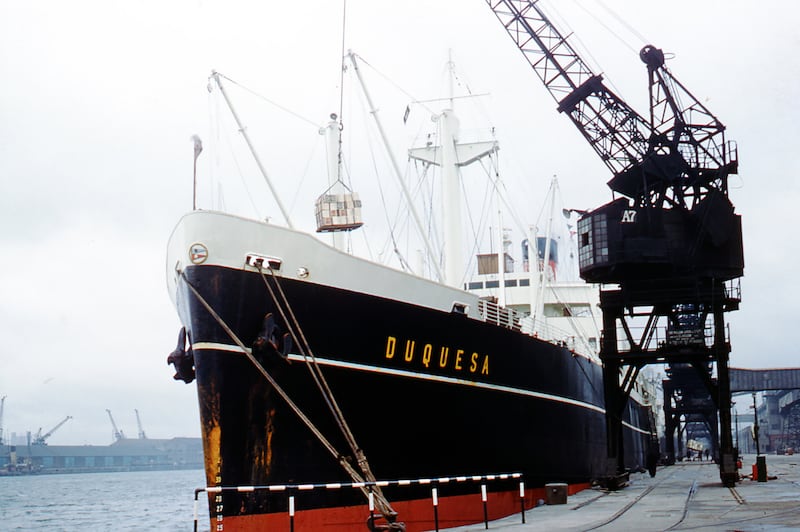
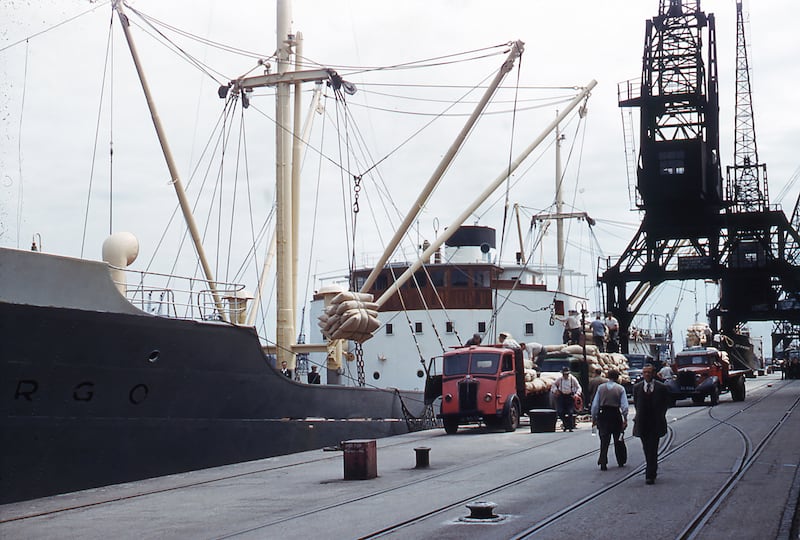
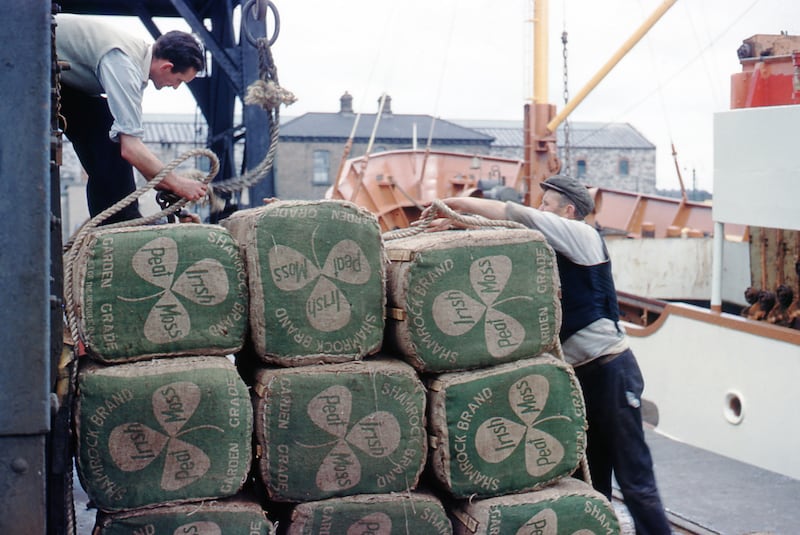
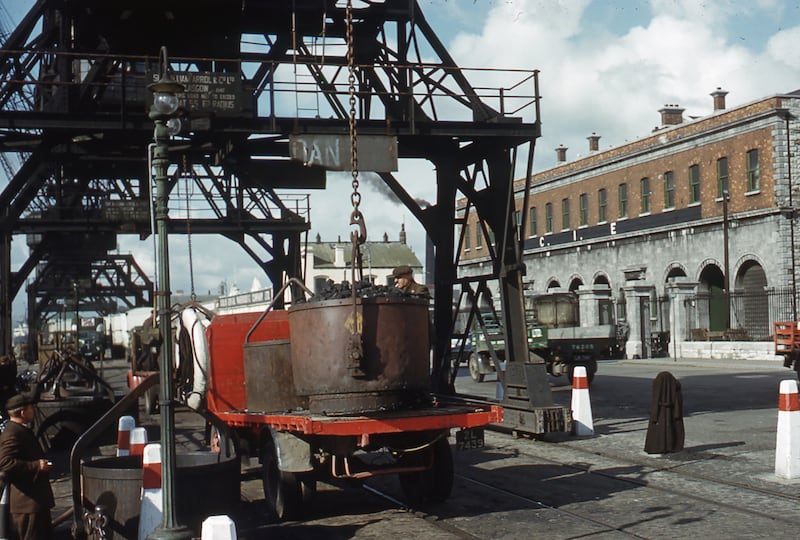
Today the port employs only handful of dockworkers compared with its peak but handles far more freight. The quays, once a landscape of warehouses, are now dominated by offices, apartments and retail spaces. Many of the photographs depict dockers loading or unloading ships at quaysides. Dock work was manual and physically tiring. The photographs contain clues about the economy of Ireland in the period. A large cargo vessel named the Duquesa (duchess) is pictured in Alexandra Basin on a visit on May 10th-12th, 1960.
The ship – which had the largest refrigerated capacity in the world – had arrived from Buenos Aires via London with a cargo of apples and general cargo. It departed empty for Buenos Aires two days later, suggesting that no exports of Irish goods were shipped to Argentina.
Aidan Crawley, whose photographs regularly appear in The Irish Times, examined the Dublin Port Company photography archive for his master of arts research thesis in collections and curating at the school of art history and cultural policy at University College Dublin
















